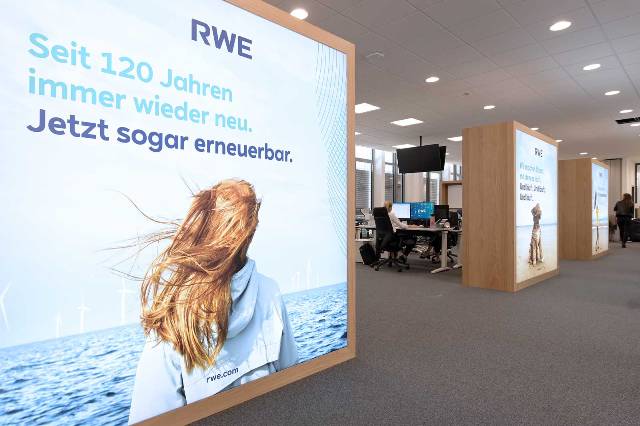RWE has commissioned one of Germany’s largest battery storage systems at its Hamm and Neurath sites, boasting a total capacity of 220 megawatts (MW).
This system can reach full capacity within seconds and sustain that level for around an hour, delivering 235 megawatt hours (MWh). The electricity from these battery storage systems is utilized across various energy markets, playing a crucial role in stabilizing the grid, particularly through balancing energy markets.
The storage system consists of 690 battery cabinets, each housing eight battery modules. The facility in Hamm, commissioned in December, has a capacity of 140 MW (151 MWh), while the Grevenbroich-Neurath site holds 80 MW (84 MWh). In addition to the battery units, RWE has constructed the necessary grid infrastructure, including high-voltage transformers that connect to the 110-kV grid.
Nikolaus Valerius, CEO of RWE Generation SE, highlighted the significance of this project, emphasizing that these storage plants mark the commissioning of one of Germany’s largest battery systems. He noted that large-scale energy storage is vital to complement the expansion of renewable energy sources, with additional battery storage projects already in the pipeline.
Marc Herter, Lord Mayor of Hamm, underlined the city’s role as a key energy hub in the region. He pointed out that Hamm is becoming a crucial site for a secure green energy supply, supported by the existing high-performance grid and Amprion’s new electricity highway. The commissioning of RWE’s battery storage system is seen as an essential step toward a sustainable energy future.
Klaus Krützen, Lord Mayor of Grevenbroich, echoed this sentiment, stating that the battery storage system in Neurath represents a major step in the region’s structural transformation. He emphasized that the facility not only stabilizes the electricity grid but also showcases how innovative technology is driving an environmentally friendly and future-oriented energy supply. Investments like these are essential to developing Grevenbroich and the Rhenish mining area into a leading technology and business hub.
The availability of suitable sites and proximity to grid connection points were key factors in selecting these locations. Hamm, in particular, offers further potential for expansion. RWE is already planning additional large-scale battery installations at the former Westfalen hard-coal power plant site in Hamm-Uentrop.
As a key player in the energy transition, RWE develops, builds, and operates battery storage systems across the U.S., Europe, and Australia. The company currently manages storage systems with a combined capacity of approximately 1.2 gigawatts and is set to expand its global battery storage footprint significantly as part of its “Growing Green” strategy.

